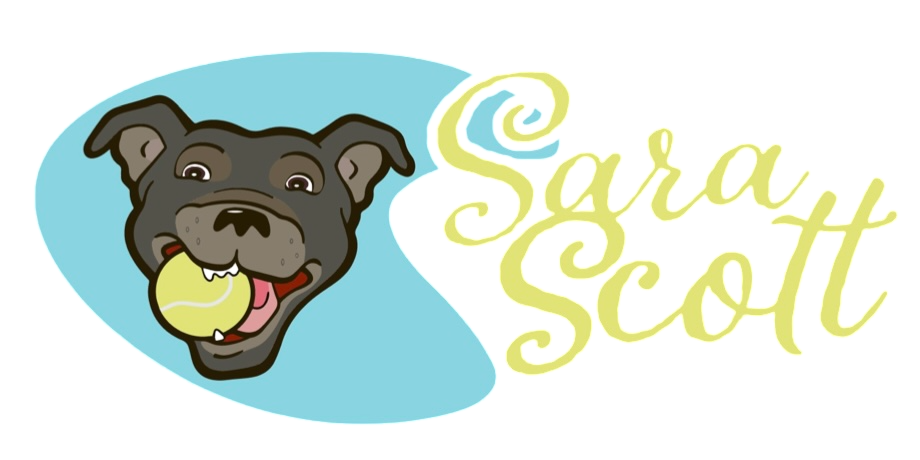Reframing Dog Training: A Guide to Building Better Habits
- Sara Scott

- Feb 8, 2024
- 3 min read
Any time is a great opportunity to reassess and refine your dog training goals. Whether you’re looking to improve certain behaviors or teach your dog new skills, setting clear goals is key to staying on track. As a trainer, I’ve learned that the principles used in dog training can be equally effective for shaping human behavior.
To start, ask yourself: What areas do you want to improve with your dog, and what new skills would you like them to learn? Once you have your goals in mind, the focus should be on creating habit-based training, which prioritizes consistent practices over specific outcomes. I recently discussed this approach with experienced members of my dog trainer mentee group, gathering their insights on habit-based training and best practices.
Conversations with Experts: Habits for Success
Kristine Adams of Woof Wisdom, specializing in fear and anxiety, emphasizes the importance of listening. Effective training involves a two-way communication process, requiring us to understand the often-subtle feedback from our dogs. This habit of listening can significantly enhance the learning process and relationship with our dogs.
Althea Karwowski of Sit Stay SF, focusing on anxiety and reactivity, suggests integrating training into daily routines. For example, using puzzle toys for meals can provide mental stimulation and confidence-building opportunities. Training can be woven into regular activities like feeding, making it a natural part of your dog’s day.
Dani Agnew of Oaktown Paws, an expert in adolescent dogs, advises setting sustainable and enjoyable routines. Consistent short training sessions, as little as 10 minutes a day, can lead to remarkable progress. Sustainability and fun are crucial for maintaining momentum in training.
Jessie Olsen of Foxtrot Training for Dogs, who helps dogs build confidence, recommends setting yourself up for success. This could mean arranging your environment to make your training goals more achievable, like placing treat containers around the house for easy reinforcement of good behaviors.

Shifting Focus from Outcomes to Habits
Reframing goals from being outcome-based to habit-based can lead to long-term success. Tania Lanfer of Cannon Dog Training, who deals with fear and aggression, highlights the importance of tailoring training to fit both the dog and the family dynamics. Breaking down goals into manageable tasks that can be incorporated into daily life ensures more sustainable progress.
Final Thoughts from the Experts
The consensus among these experienced trainers is clear: focus on creating a positive, consistent training environment, and be flexible and empathetic in your approach. Remember, training is not just about reaching a specific outcome; it’s about building a deeper, more understanding relationship with your dog.
So, what’s your next step? Start by listing your dog training goals, then select the one that will make the most positive change for you and your dog. Reframe this goal into a habit-based approach, and set the stage for a successful and enriching training journey.
Transform Your Dog Training Approach with Me
Ready to revolutionize the way you train and connect with your dog? Click here to learn about how my programs work, uniquely designed to deepen the bond between you and your dog. Each program is crafted to address the specific needs of your dog, ensuring a more harmonious and effective training journey.
Embark on this transformative experience with me. Discover the joy and satisfaction of a well-trained, happy dog through methods that emphasize understanding and communication. Take the first step towards a lasting and fulfilling relationship with your canine companion today!




Comments